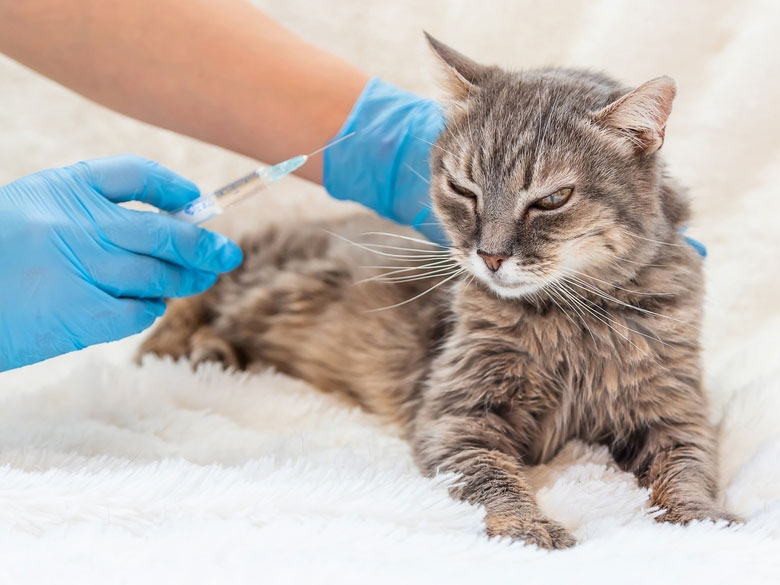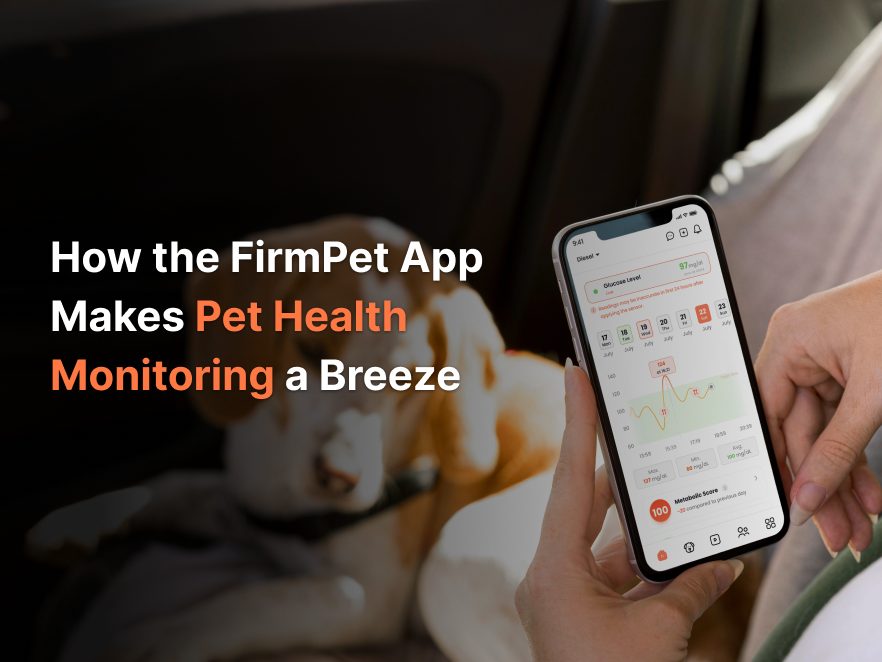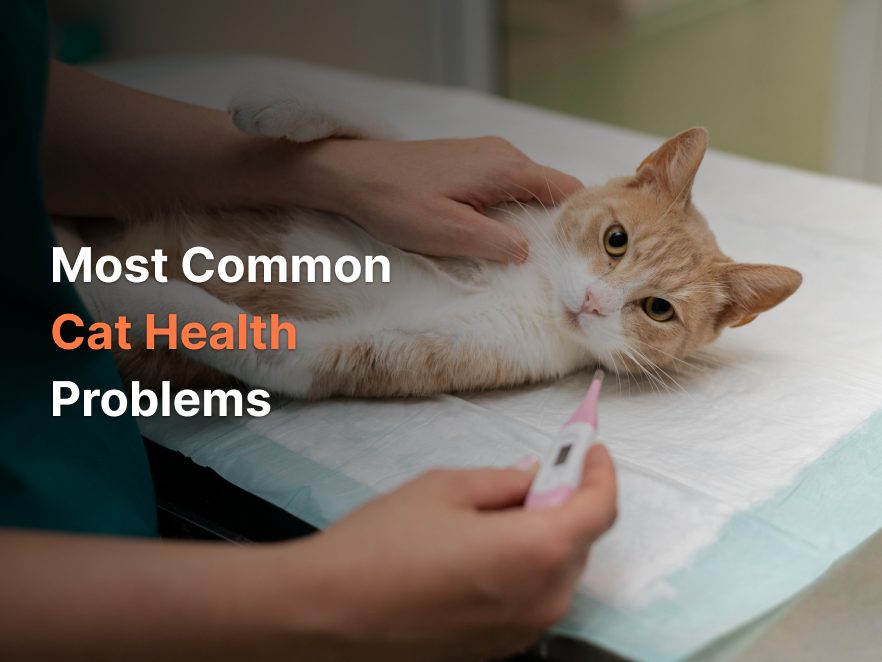- Health
- July 1, 2022

Insulin treatment is as yet the essential treatment for every single diabetic canine and feline. A few insulin choices are accessible for every species, including enrolled veterinary items and human insulin arrangements. The insulin picked relies upon the singular patient’s necessities. Acting insulin is typically the perfect option for canines and long-lasting insulin is the best option for felines. When the insulin type is picked, the best technique for insulin organization ought to be thoughtful. Customarily, insulin vials and needles have been utilized; however, insulin pen gadgets have as of late entered the veterinary market.
Pens have different taking care of necessities when contrasted and standard insulin vials, including capacity out of the fridge for some insulin arrangements once pen cartridges are being used; preparing of the pen to guarantee an entire portion of insulin is regulated; and holding the pen gadget set up for a few seconds during the infusion. Various pen gadgets are accessible, with highlights, for example, half-unit dosing, enormous dials for outwardly debilitated individuals and memory that can show the last time and portion of insulin managed. Insulin pens come in both reusable and expendable choices. Cells have a few advantages over needles, including further developed portion precision, particularly for low insulin dosages.
HOW TO STORE INSULIN?
Insulin is a chemical that will lose its adequacy whenever presented to coordinate daylight or high temperatures. It would be best if you store it in the fridge. However, it ought not to be frozen. If you feel a little unsure about your pet’s insulin capacity, it is more secure to supplant it instead of hazard utilizing inadequate insulin. Insulin is protected for however long it is being used as coordinated. Keep it far away from kids.
Insulin arrives in a sealed container marked with the insulin type and the fixation. It is essential to coordinate the insulin focus with the legitimate insulin needles. Insulin needles show their estimation in “units per ml,” which should relate to the convergence of the insulin you utilize. There are two standard types of insulin and relating needles: U-100 and U-40. Your veterinarian will educate you on which sort of insulin you use and which hand you should utilize.
HOW TO PULL OUT THE INSULIN?
- 1. Uncap the needle and move back the plunger to the suitable portion.
- 2. After blending the insulin, cautiously embed the needle into the insulin bottle.
- 3. Infuse the air from the needle into the jug. This air takes the place of the fluid you will pull out.
- 4. Take out excess insulin than you require, then infuse the overabundance into the bottle. This assists with eliminating any air rise from the needle. Quantify the portion at the unclogger’s border nearest to the pointed end.
HOW WOULD I INFUSE THE INSULIN?
For the most part, you will need to infuse insulin as the pet is eating its dinner since you must give insulin with a supper. A few pets need a second individual to hold them consistent at first.
- 1. Hold the needle like you would hold a pen or pencil in your right hand (assuming you are correct given).
- 2. Have somebody hold your pet while you lift a stretchy region of your pet’s skin – frequently most straightforward over the shoulders. Yet, it is ideal assuming you utilize various locales around the body.
- 3. Immediately push the exceptionally sharp, extremely flimsy needle through your pet’s skin at around a 45-degree point into the space or ‘tent’ delivered by lifting the skin and driving the needle unclogger as far as possible needle barrel.
- 4. Then pull out the needle and needle. On the off chance that you are uncertain, assuming you controlled it accurately or on the other hand, if you ‘missed,’ don’t regulate extra insulin. Essentially continue your typical timetable and give the following insulin infusion at the ordinary time.
- 5. Right away and cautiously place the uncapped needle and needle into a cut safe compartment like a sharps holder. Try not to leave a syringe and needle anyplace; it can harm your pet or yourself. Most people group have severe principles about removing clinical waste material, so don’t toss the needle and needle into the trash until you know whether this is allowable. Taking the pre-owned needles and needles to your veterinary centre or neighbourhood drug store for disposal is typically best.
- 6. Stroke and recognize your pet to treat him for sitting discreetly.
CONCLUSION
To make the overall process more effective, do not sterilize the skin of pet with alcohol. It makes the pet disfavour injections due to the odour. Eventually, the pet will be habitual to the insulin injection process and can promptly adapt it with full cooperation.









